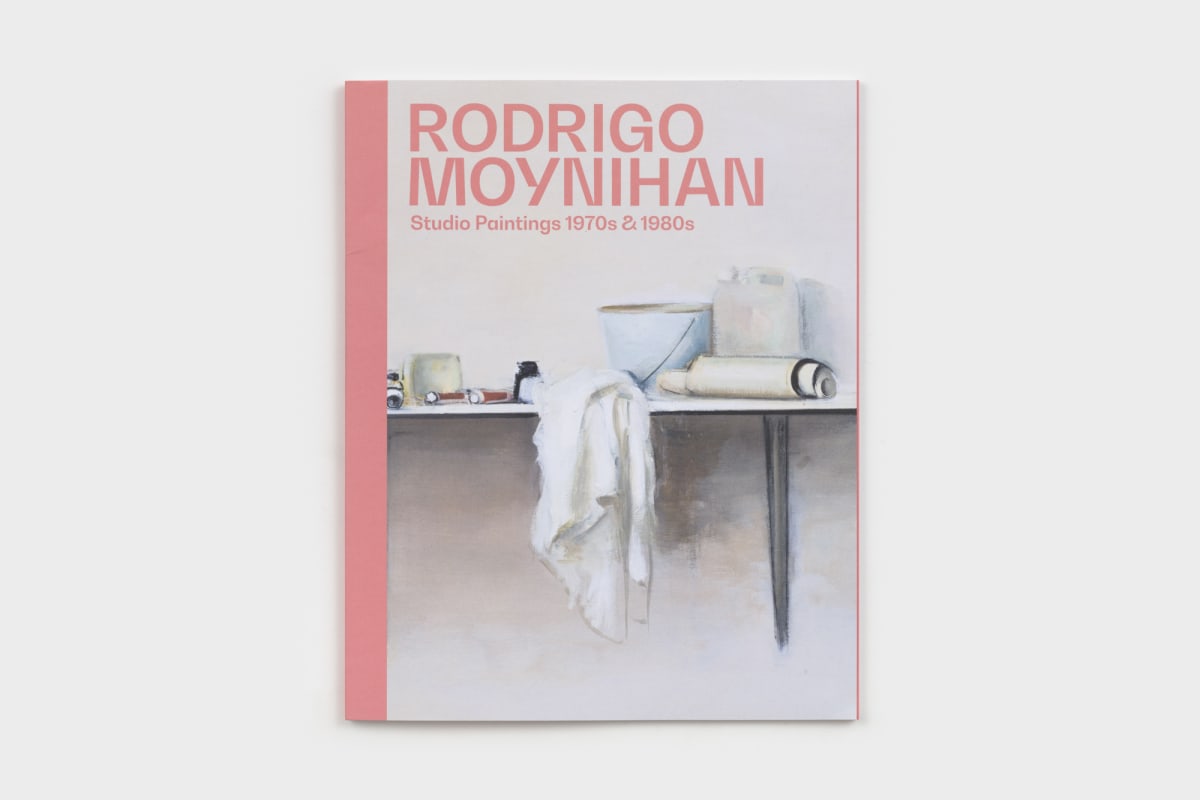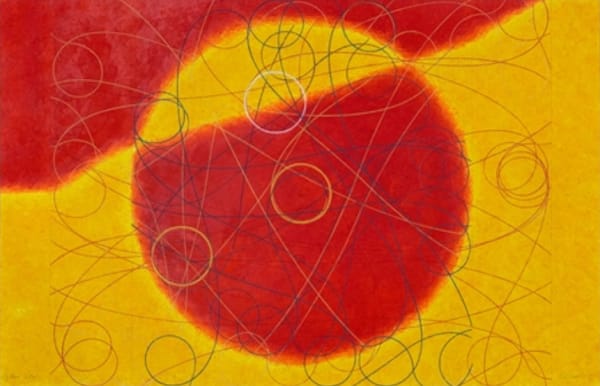-

-
-
Publications
-
Exhibitions
-

STAFF PICKS
Second Edition July 9 - September 30, 2025Read more -
RODRIGO MOYNIHAN
The Studio Paintings, 1970s & 1980s January 20 - March 5, 2022David Nolan Gallery is pleased to announce the gallery’s first solo exhibition of work by Rodrigo Moynihan, Studio Paintings, 1970s & 1980s , which will be on view from January...Read more
-
-
Art fairs
-
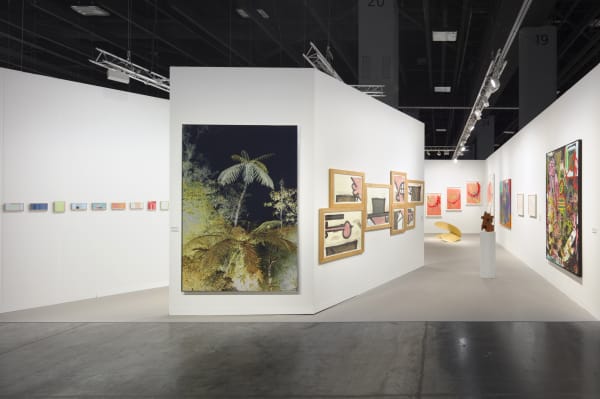
ART BASEL MIAMI BEACH
Miami Beach Convention Center December 6 - 10, 2023For this year's edition of Art Basel Miami Beach, David Nolan Gallery celebrates a large group of artists with widely varying global perspectives. A woven...Read more -
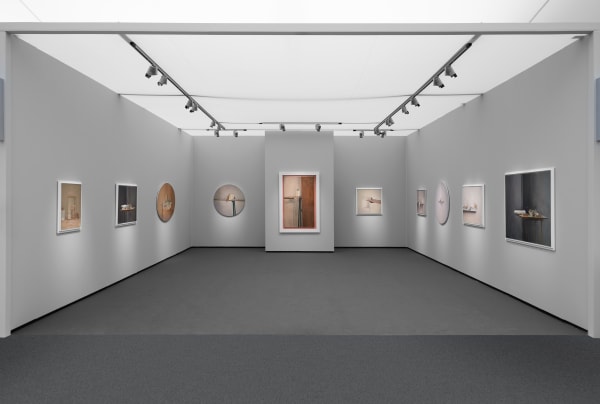
FRIEZE MASTERS
October 12 - 16, 2022David Nolan Gallery is pleased to announce the gallery’s presentation of paintings and drawings by Rodrigo Moynihan, Self Portraits and Still Lives 1973-1988 , which...Read more -
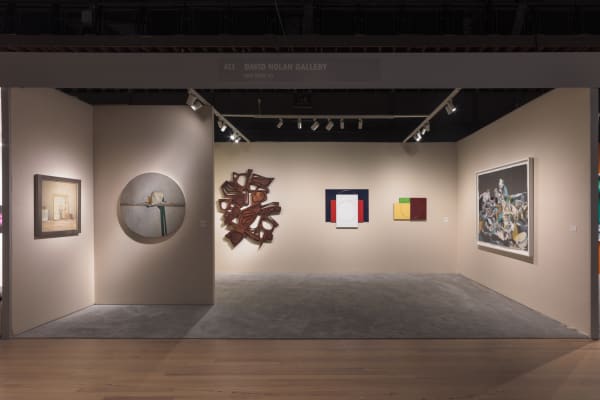
ADAA
The Art Show November 3 - 7, 2021Read more
-
MAILING LIST SIGN-UP
By completing this form, you confirm that you would like to subscribe to DAVID NOLAN’s mailing list and receive information about exhibitions and upcoming events. Your email address will be used exclusively for the mailing list service.
* denotes required fields
We will process the personal data you have supplied to communicate with you in accordance with our Privacy Policy. You can unsubscribe or change your preferences at any time by clicking the link in our emails.




















